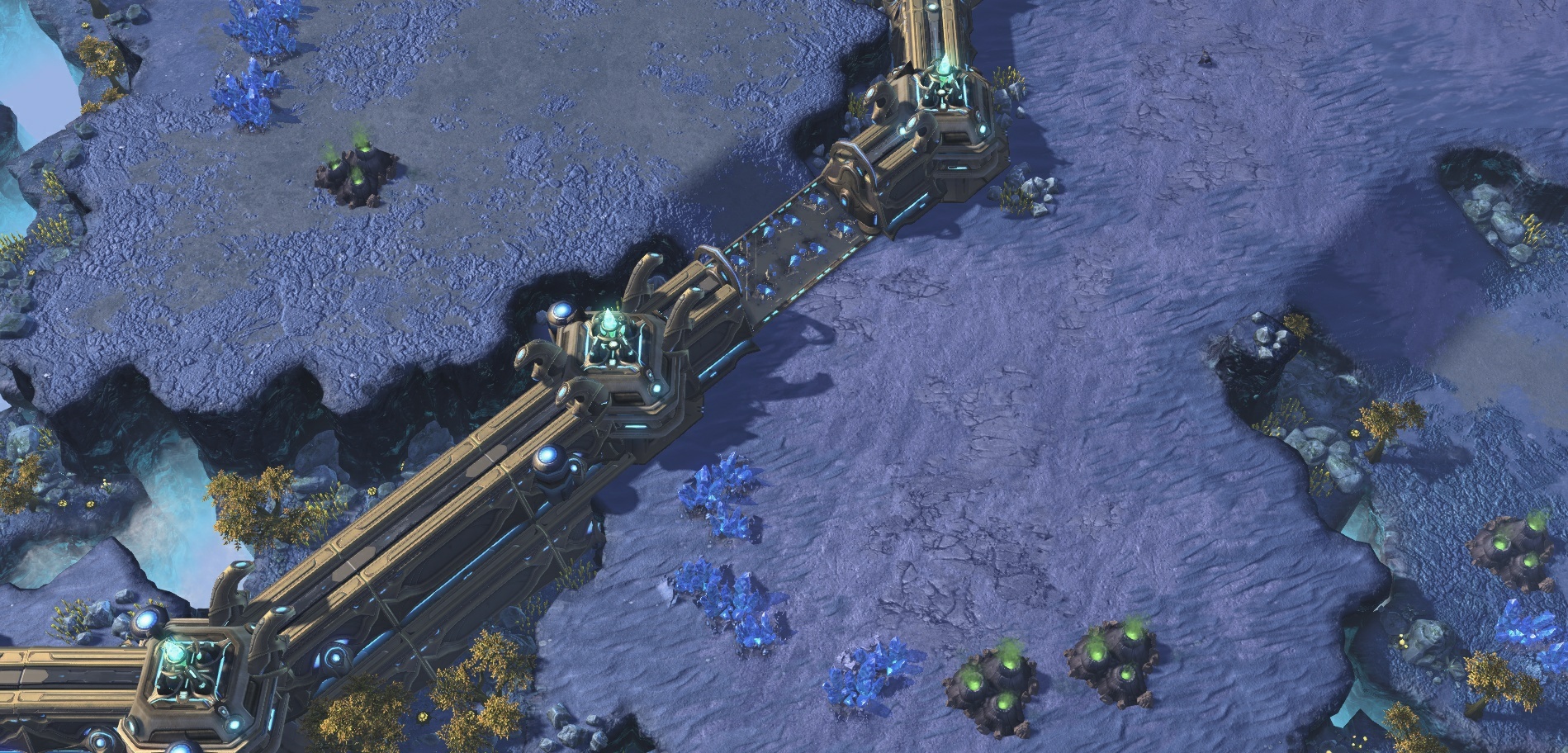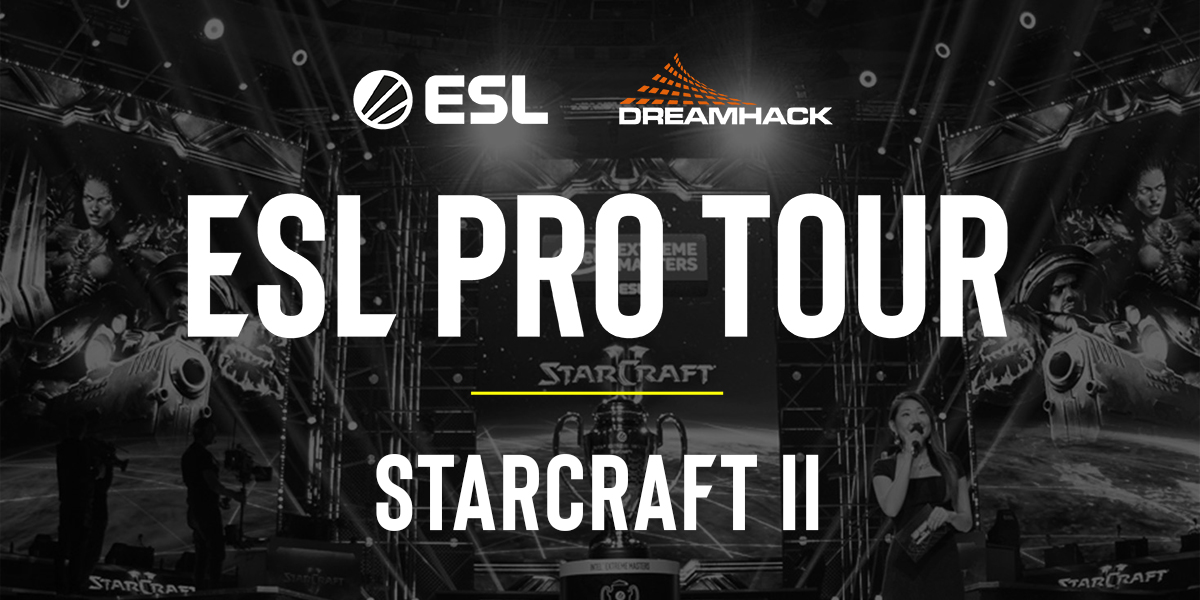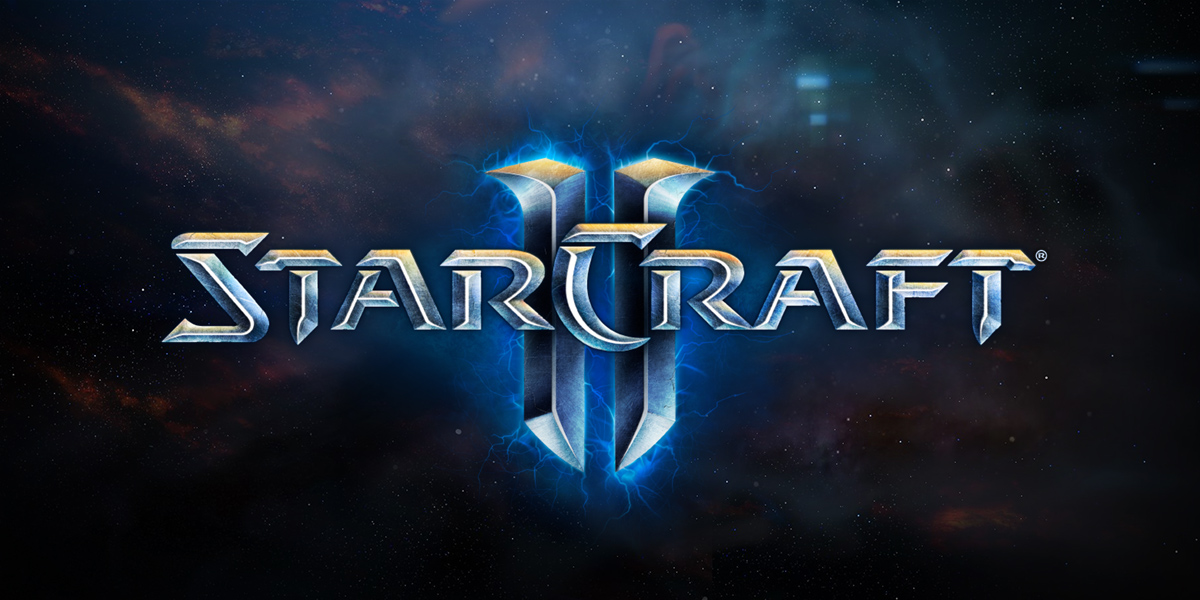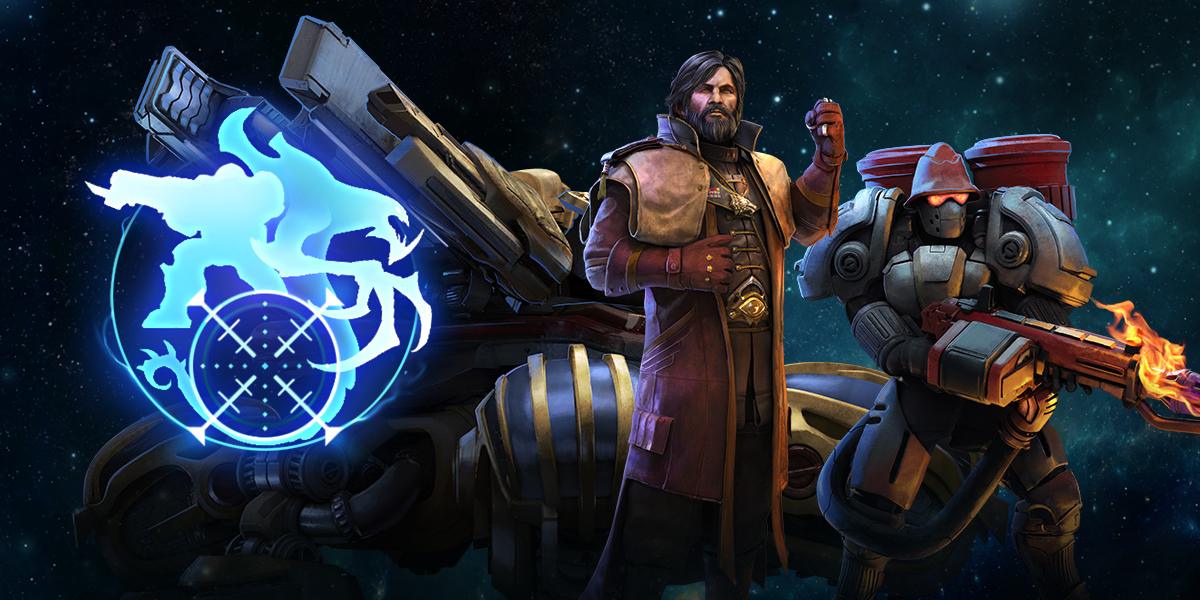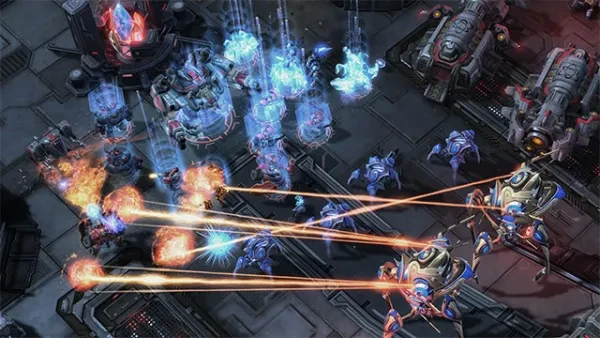
Starcraft 2 Best Units In The Game
Starcraft sets itself apart from other RTS games in its unit design --- where other games have a simple rock-paper-scissors strategy, Starcraft and Starcraft 2 both feature a cast of unique units, with their own special attributes and abilities. Today, I want to take you through these units, what makes them so unique, and how they come together to give Starcraft 2 its endless depth and longevity.
15. Zealot
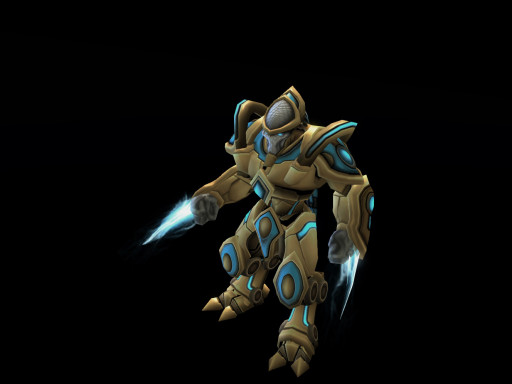
We'll start with each race's basic unit --- the first combat unit you can make, costing only minerals. All three units are foundational to their race's identity; in the Zealot's case, its high health but relative slowness represent Protoss's strong, immobile style. While not the unkillable, godlike creatures they were in Brood War, Starcraft 2 Zealots offer great health per resource, and like the other basic units, their research upgrade (Charge) gives them new life in the midgame.
-
High health, slow speed
-
Modest, respectable damage
-
Soaks damage for other Protoss units
-
Researching Charge lets them enter the battle much more quickly
14. Zergling

Next we have the Zergling, the Zerg's most-produced unit by far. Zerglings without Metabolic Boost (their speed upgrade) are more or less useless, but speedy Zerglings (speedlings) are a nightmare, requiring minimal investment from the Zerg and able to take down entire bases in seconds. And after their second upgrade, Adrenal Glands, their boosted attack speed makes them one of Zerg's strongest units --- all while spending a minimum of Vespene Gas.
-
Spawns two at a time --- easy to mass-produce!
-
Low health, high speed, high damage
-
Require surface area to be effective --- strongest against small groups and spread-out units
-
Scales excellently with upgrades
-
Can run around the map and deal damage everywhere!
13. Marine
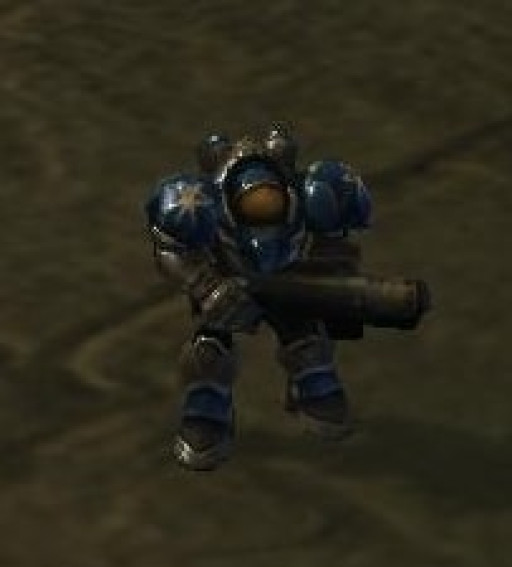
The last basic unit is the Marine, a unit so powerful that it shapes Terran's entire core playstyle. Marines can research the Stimpack ability, increasing movement and attack speed for a small health cost. Coupled with the Medivac, Marines can deal damage impossibly quickly --- to the point where every composition's first question is simply, how do I deal with mass Marines?
-
Low health, high speed, high damage
-
Stimpack takes damage from "high" to "unreasonable"
-
Vulnerable to area-of-effect damage
-
Low mineral and supply cost makes them easy to mass-produce
12. Roach
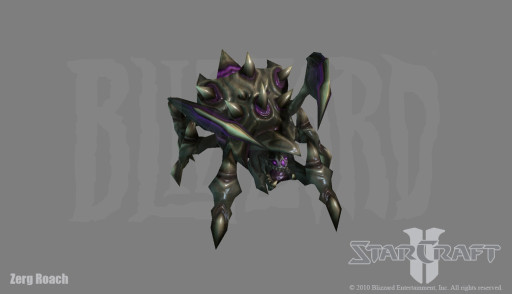
The next three entries will be what I call "second basic" units --- easy to access, require a minimum of Vespene, and add a little more color to the early game. Zerg's second basic unit is the Roach, the opposite of the Zergling --- they're slow and deal little damage, but they soak hits like nobody's business. If you want to build a more stable composition (often Roach/Hydralisk/Lurker), Roaches will form your anchor.
-
Low damage and speed, high health
-
Short range means they're less efficient in large numbers
-
Can burrow to regenerate health
-
Can move while burrowed with research!
11. Stalker
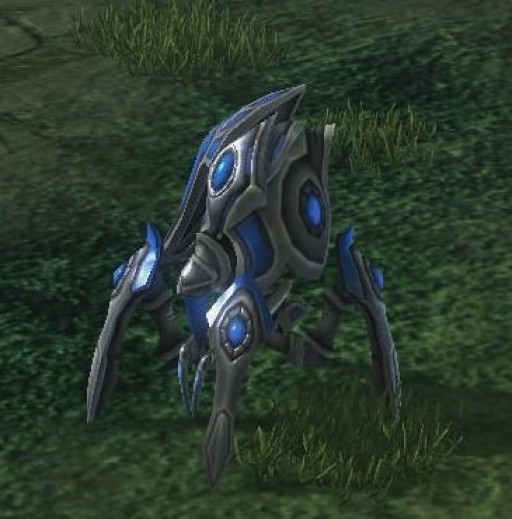
Protoss's second basic unit is the Stalker. Compared to Brood War's Dragoons, Stalkers move faster, fire faster, and can Blink for extra mobility (with research), but have less health, and deal less damage per shot. The Stalker's long range and Blink ability give it the most micro potential of any basic unit; great Protoss players can extract far more value from a pack of Stalkers than you'd expect.
-
Medium stats all around, high range
-
High range and reasonable speed make kiting easy
-
Blink lets Stalkers outmaneuver any opponent
-
Hit-and-run tactics and regenerating shields give Stalkers surprising longevity
10. Marauder
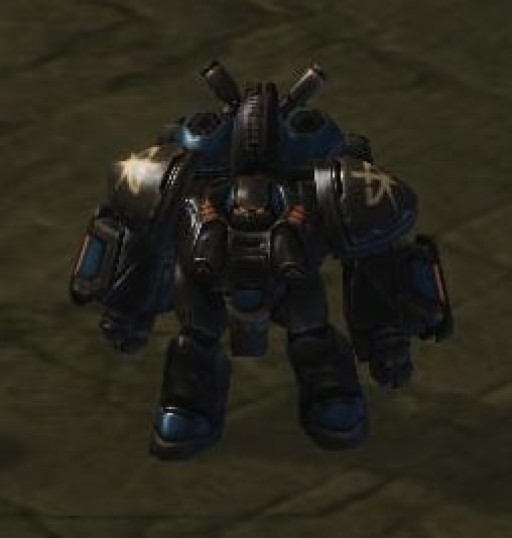
Finally, we have the Marauder, the standard complement to Terran's Marines. Marauders are tanky and deal excellent damage to armored targets (think Ultralisks and Siege Tanks), but their real magic is their Concussive Shell ability, slowing units on hit. Marauders use their health and slow to make space for Marines to deal damage, giving bio Terran its legendary potency.
-
High health, modest damage, good range
-
Takes a lot of damage, especially from units like Banelings
-
Rips through armored units easily
-
Concussive Shell cripples an opponent's approach
9. Colossus
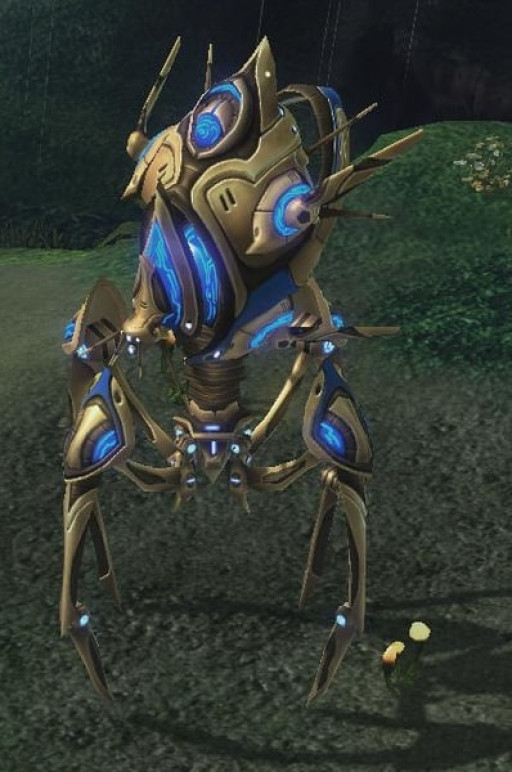
Now we come to the tech units, the icing to the basic units' simple cake. The Colossus is a controversial choice --- Colossus beams had staggering range in Wings of Liberty, and their relative mobility (compared to Siege Tanks) meant that Protoss fights often came down to Colossi whittling down armies from afar. The Colossus is responsible for some of the most boring games in Starcraft 2, but with its nerfs in Legacy of the Void, it now occupies a more reasonable position as long range support, rather than core unit.
-
Massive, fragile unit --- can take damage from anti-air attacks!
-
Insanely high range, second only to the Siege Tank
-
Area of effect attack means they scale well to higher numbers
-
Such an obnoxious unit. Honestly.
8. Thor
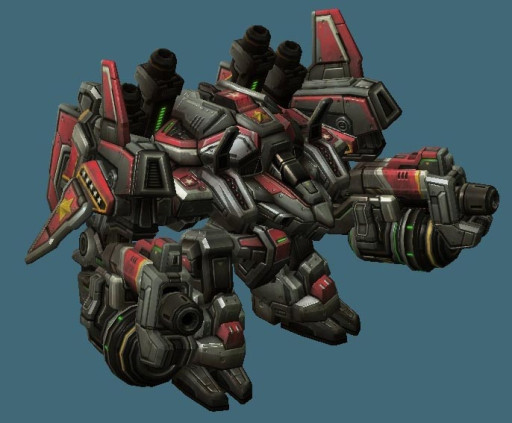
Thors are the unsung hero of the Terran army. In bio compositions, Thors offer a mobile source of area air damage, essential for dealing with Mutalisks, and in mech, their incredible health pools give space to the Siege Tank to do work. Nobody really gets excited to see a Thor, but Terran wouldn't be the same race without them.
-
Monstrously tanky, but slow and clunky
-
Frightening amounts of air damage --- both area of effect and single target, depending on mode
-
vulnerable to masses of small units like Zerglings
-
Arguably the best voice lines in the game, depending on how much you like Arnold Schwarzenegger
7. High Templar
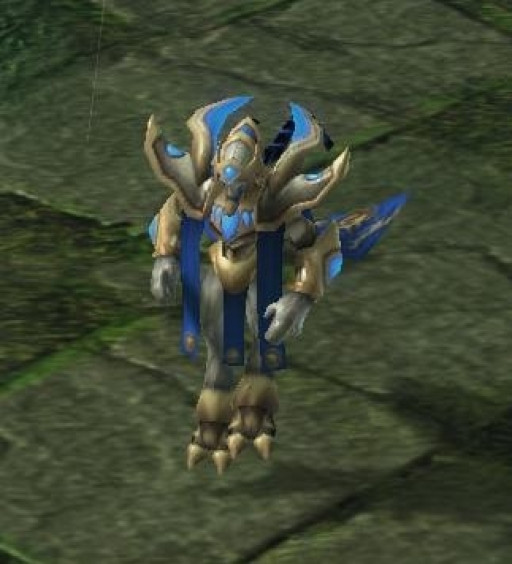
High Templar have been with Protoss since the original Starcraft (before Brood War), and with good reason --- Psionic Storm (their upgraded ability) is Protoss's iconic AoE ability, to the chagrin of the Zergs and Terrans. And when they're out of energy, you can morph them into Archons for even more AoE damage!
-
Slow, squishy, and a weak basic attack
-
Strong spells --- Feedback and Psionic Storm
-
Can morph into Archons
6. Infestor
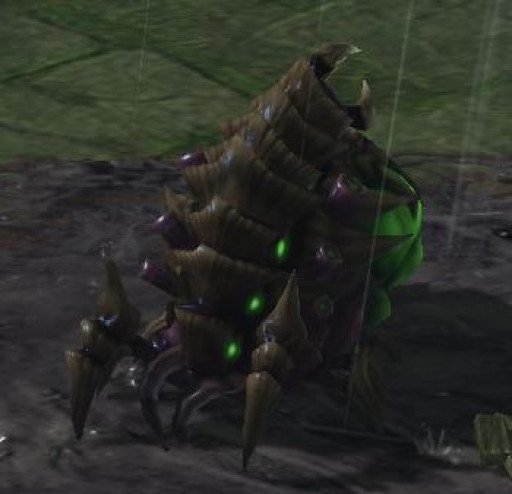
Though not in the meta anymore, Infestors deserve mention as a key piece in the infamous Infestor/Corruptor/Brood Lord composition. Fungal Growth used to have no projectile and root enemies in place, making them easy fodder for Brood Lords. This style of Zerg was degenerate, mindless, and the dominant strategy for the second half of the Wings of Liberty era, which is why we're glad it's gone now. Though a shadow of its former self, the Infestor is one of Starcraft's most historically significant units.
-
Slow, clunky, no attack
-
Fungal Growth slows units for easy cleanup
-
Microbial
Shroud does... something... no one really knows for sure
-
Can cast spells while burrowed, making them easier to control
5. Medivac

Ah, the Medivac. Combining the Medic and Dropship from Brood War, the Medivac is the last piece of the classic Terran bio composition. Healing is obviously good, but doubly so when Stimpack is available, and their ability to load units means that harassment fits naturally into Terran's game plan. Truly an iconic unit.
-
Flying support unit
-
Heals biological units! Can load and drop units too
-
Low speed, but can use speed boost to escape
-
Vulnerable to anti air, requires infantry to cover
4. Mutalisk

I won't lie to you --- the Mutalisk is my favorite unit. Way back in Wings of Liberty, I practiced controlling them against the AI for hours, and brought my skills to the ladder. I was promptly crushed, but eventually learned how to use them against players instead. Mutalisks are fast and fragile, but deal so much damage to light ground units that they can rip apart workers and small groups of infantry easily. One wrong step will lose you thousands of resources and probably the game, but mastering the finicky flyers will cause no end of grief for your opponent.
-
Fast, flying, low health, high damage
-
Can "stack" on each other for easier control
-
Glaive bounce helps pick off errant targets
-
High skill ceiling unit --- controlling them well gets you a lot of extra value
3. Adept
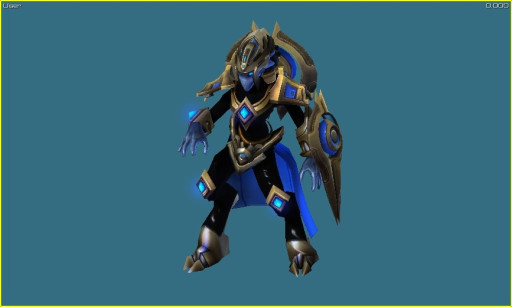
The Adept is the only entry on this list that was added in Legacy of the Void. I usually like Starcraft's original units over the newer fare, but the Adept is just too well designed to overlook. Its high mobility and bonus damage against light units make it the perfect harassment tool, but its poor health and damage against armored units mean that they can't be massed in the late game. Their Psionic Transfer gives them lots of options to move around the map, giving the Protoss a little bit of scouting information, and even enabling mass Shade-in attacks if the timing is right.
-
Mediocre health, high mobility and damage versus light units
-
Psionic Transfer is a flexible tool --- scout, harass, dive, or escape
-
Poor survivability and damage later in the game
2. Siege Tank
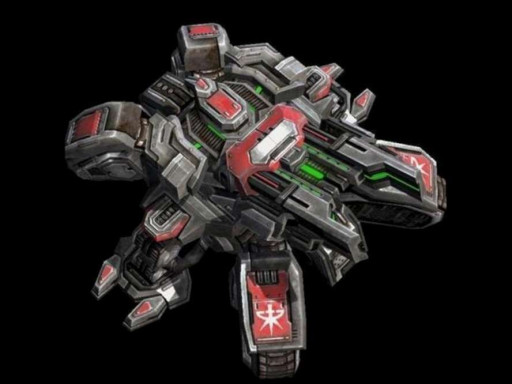
The Siege Tank is Starcraft's classic, iconic unit. It comes with a simple clarity --- deal massive damage at long range, but in exchange be unable to move. Siege Tanks have anchored Terrans since the earliest days of Starcraft, and remain the lynchpin of many Terran strategies and compositions. What else needs to be said?
-
Can morph between a mobile light tank and an immobile Sieged version
-
Massive damage at long range --- will pulverize any other ground army with enough space
-
Can't shoot next to itself when sieged
-
Requires lots of backup to be effective
1. Baneling
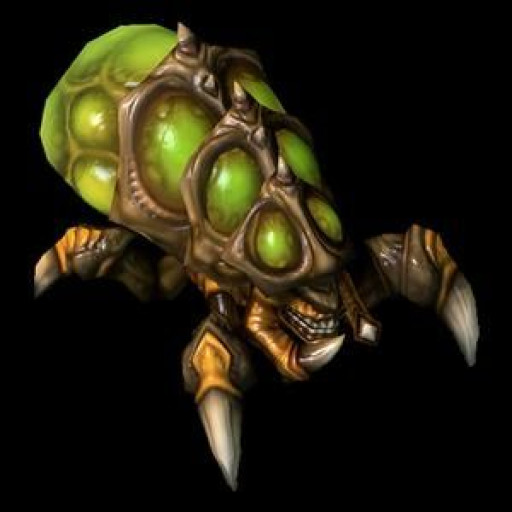
And finally, the Baneling. I debated between giving the number one spot to Siege Tanks or Banelings. But Banelings did so much to change Zerg's matchups in the transition from Brood War to Starcraft 2. The ability for one Baneling to kill multiple Zerglings revolutionized Zerg's mirror matchup, finally letting it evolve past the Zergling/Mutalisk knife fight it had become. And its interaction with Marines is fascinating --- clumped up Marines are strong against everything except Banelings, and splitting them up means that you lose units to Zerglings and Mutalisks. And finally, Baneling busts were a staple build in early Wings of Liberty, still remaining a threat today and giving Zergs a wide range of offensive options. The Baneling is, in my opinion, the defining unit of Starcraft 2, both for its big, explosive moments on screen (literally!), and for the ways it defined the entire meta of the game.
-
Slower than Zerglings, especially before Centrifugal Hooks
-
Deals high damage, but explodes itself to do so
-
Creates a dilemma for infantry --- split up or stay together?
-
Can destroy enemy walls
-
Can kill workers very quickly
-
Good Baneling hits are the best part of Starcraft, seriously.

